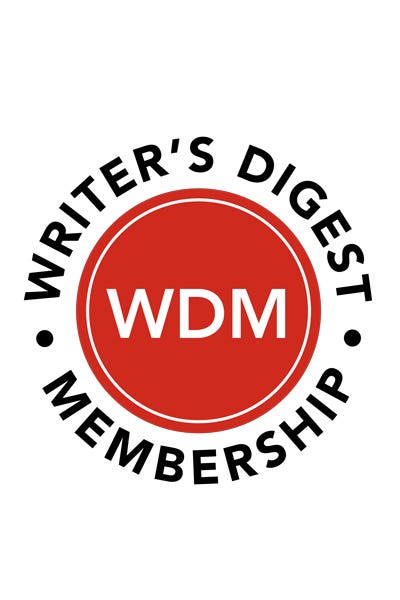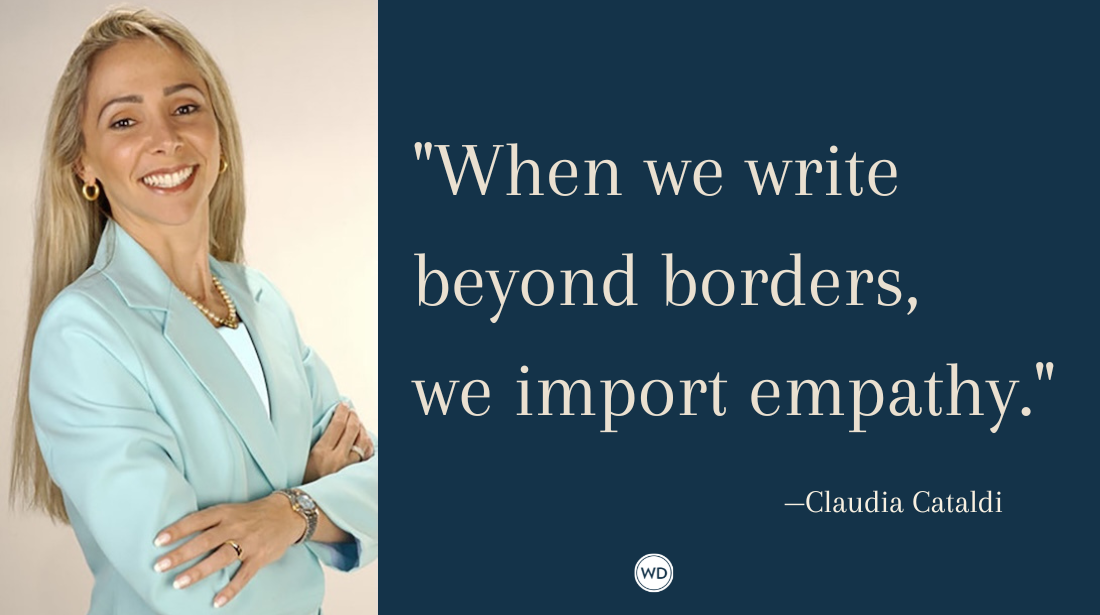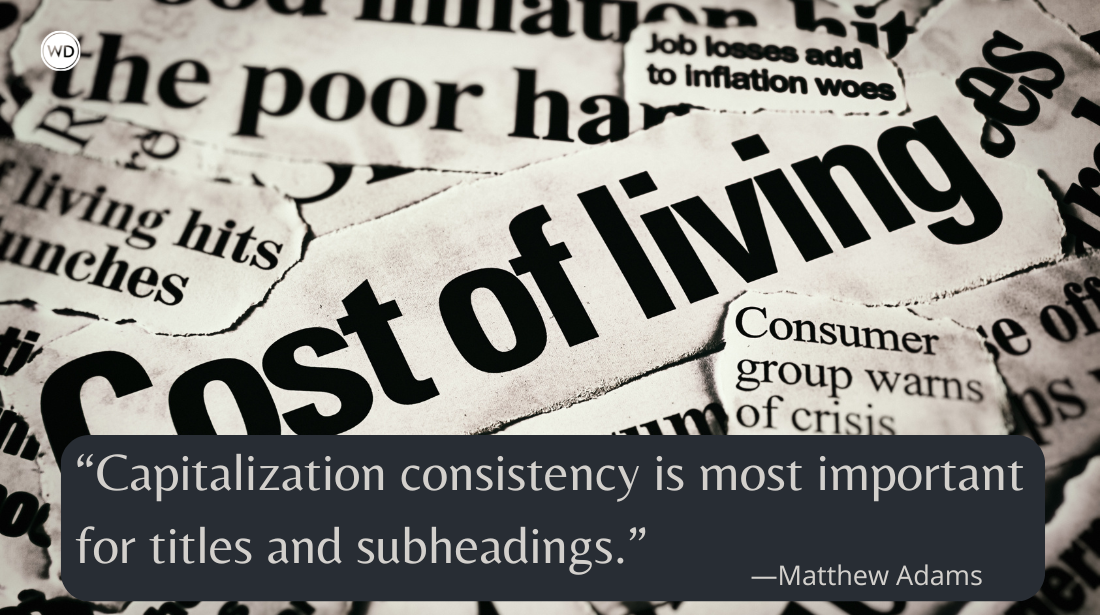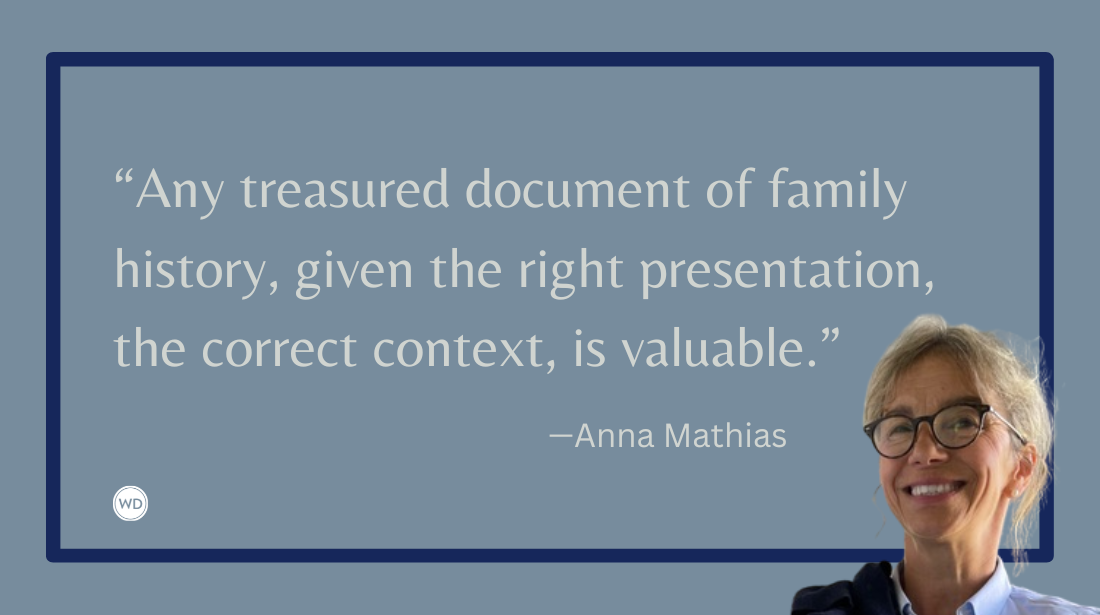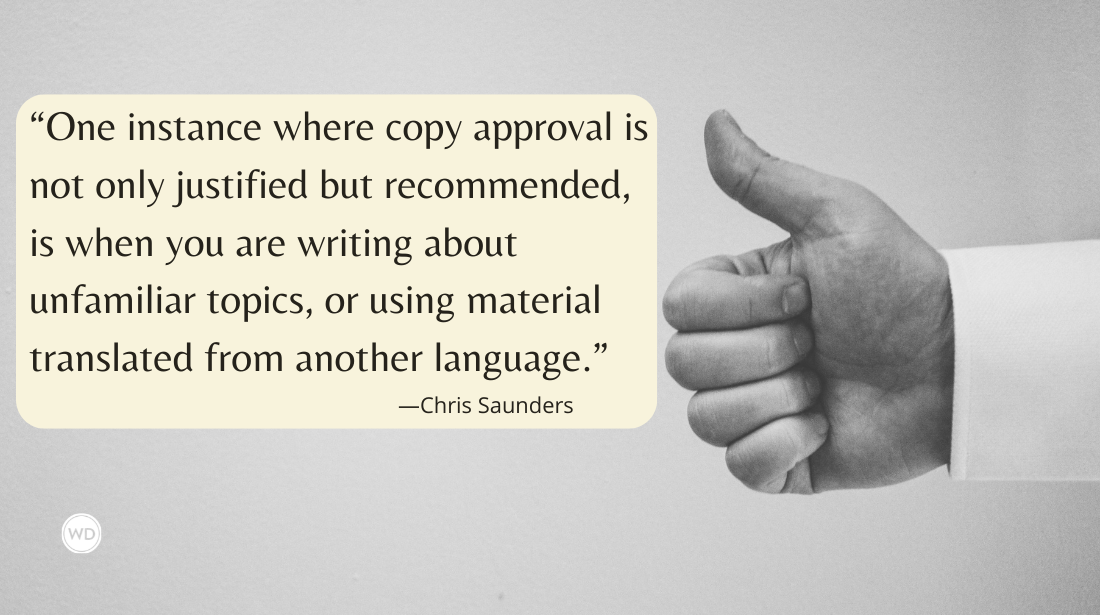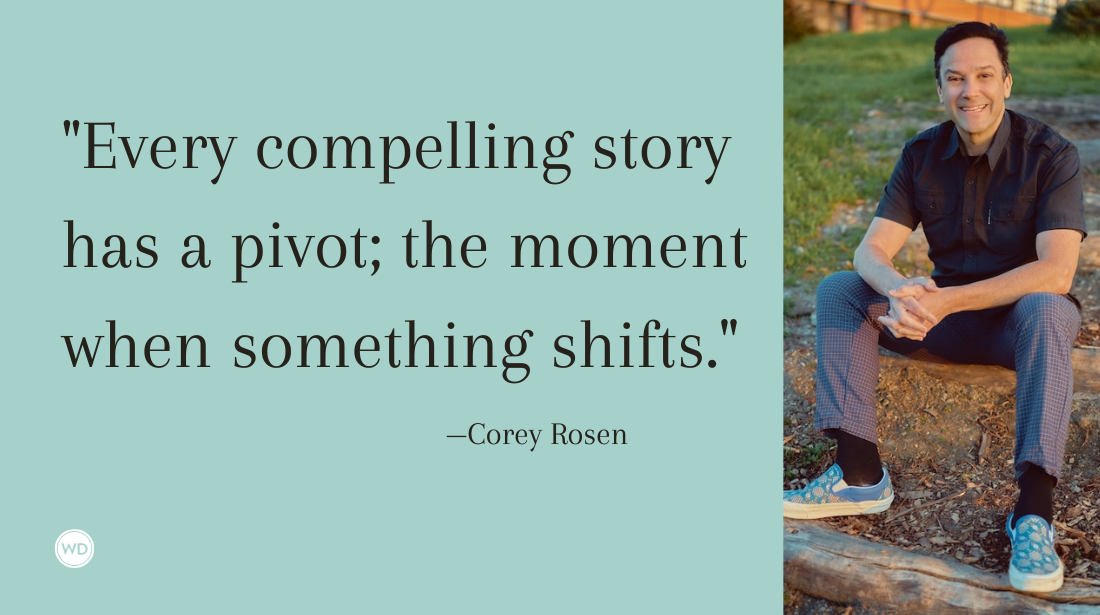In Defense of Research for Writing
I’ve always liked to research. When I was a child, my parents answered most of my (many) questions by saying, “Look it up!” Which I did, happily, in library books…
I’ve always liked to research. When I was a child, my parents answered most of my (many) questions by saying, “Look it up!” Which I did, happily, in library books and dictionaries, encyclopedias and reference texts of all sorts.
Later, I studied history in university and loved growing goggle-eyed in front of the microfilm machine, watching the flickering newspapers of the 1600s or 1880s. When I started my journalism career I relished doing a deep dive into a new subject, collecting information, hunting down blind alleys and interviewing far more people than was strictly necessary. So when I started writing nonfiction for children, I dove into the research.
In fact, for me, it still feels like the easiest, breeziest part of writing a book. Not because of the research itself, which can be time-consuming and energy-intensive—though largely online these days. Instead, it’s breezy because when you’re researching, a book idea is still filled with possibility. There are no limits—of where an idea can go, of the places curiosity will take me. No word counts or page turns.
And it’s in the research that I experience the neuron-firing delight of connections sparking and lights going off as I track down details, and everything starts to make sense. In fact, if I’m very, very lucky, I will begin to see connections to whatever I’m researching everywhere I turn—and it feels, uncannily, as if the universe is coalescing around my current fascination. This is an enduring thrill and a moment I return to again and again when I’m at the next, less-breezy stage, attempting to wrangle the information into something resembling a book.
There are many people, including some in the children’s book world, who probably think that writing nonfiction for kids means the research is simple, possibly even cursory. And while researching and writing a 40-page book is not the same as a 400-page one, it has its own particular challenges.
For in order to write authentic, interesting nonfiction for kids, you must have a deep understanding of the subject so you can distill it to its heart. Children are a tough crowd. They will not abide jargon or fancy punctuation—they will not stand for forthwith or notwithstanding or in summation. The writing must be clear and succinct—as well as thought-provoking, possibly fun and hopefully beautiful.
Parents everywhere will recognize this challenge from the days when their children have asked them about some basic scientific concept, like where the sun goes at night or why there are rainbows, and they find themselves unable to explain in a way their child can appreciate. I often think, in fact, that if I can’t explain a concept to a child, I don’t actually understand it myself.
And so, in order to get to this point of true knowing, I end up amassing boatloads of information from books and articles and essays, in person or video interviews, from YouTube and social media. I collect and collate and return often to my litmus test: Could I explain it to a child? If not, I keep researching.
During this aggregation stage I save all the bits and pieces in a bulletin board app that I have on my phone and laptop. I can cut and paste images and text and links and ideas in one place. Sometimes I fill up multiple boards as I strive to find the hook that will animate the concept. It often takes a while for an idea to gestate, and I will keep researching, pasting links and thoughts for a year or more before I know an idea is ready to become a book. It’s a comfort to think that the research is all there, just waiting, like the Velveteen Rabbit, to be loved into existence.
Eventually—maybe it’s a deadline or a conversation with my editor or a long walk in the trees—all this collecting gives way to a structure, to writing, to a proposal and eventually a book. But I always come back to the research. In fact, I return to it quite literally when I do my own fact-checking toward the end of the process. In my journalism days, I was taught by some of the best checkers in the business, and I’m as tough on myself as they would be on me, going over each and every fact and idea, surprised when I discover I’ve introduced errors into the text despite my best efforts, but pleased to be able to correct these mistakes before they make it into a finished book.
One of my final readers is an expert one. I try to find someone whose work I’ve discovered in the research phase and ask them to have a look at the text. By that point I cross fingers and toes they won’t request major changes, but instead, with their knowledge of the subject, I hope they’ll ensure I have captured the nuance of the material and not missed something important.
All of this is a labor of love, and a labor I take seriously. I could probably do some of my research faster using AI (and I do use it, for instance, to help me understand a scientific paper in a subject in which I’m not expert).
But there is a satisfying kind of serendipity to my process and the information I turn up through it, which I don’t think a machine can (yet) replicate. In fact, passing research on to AI would steal a lot of the joy out of making books for me. For how would I find the quirky human heart of a story? Where would I experience the intellectual thrill of discovering connections where I never even knew to look? Would I be able to connect with children—that toughest of crowds—without authentic human curiosity? For now, I don’t think so. But maybe I just need to do a bit more research.
Check out Andrea Curtis' The Story and Science of Hope here:
(WD uses affiliate links)



